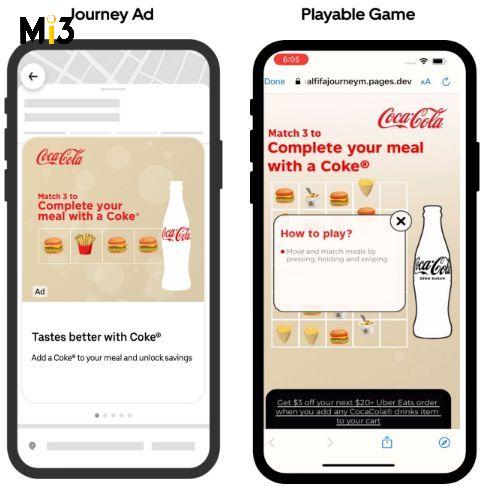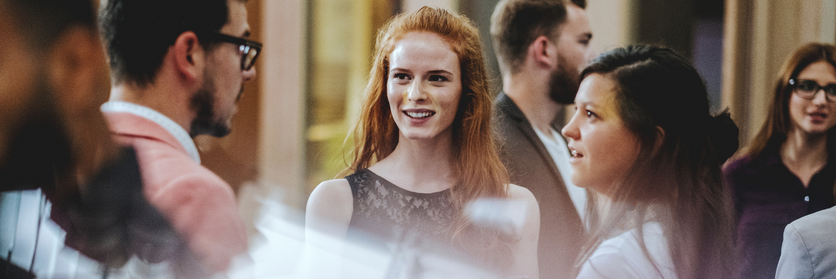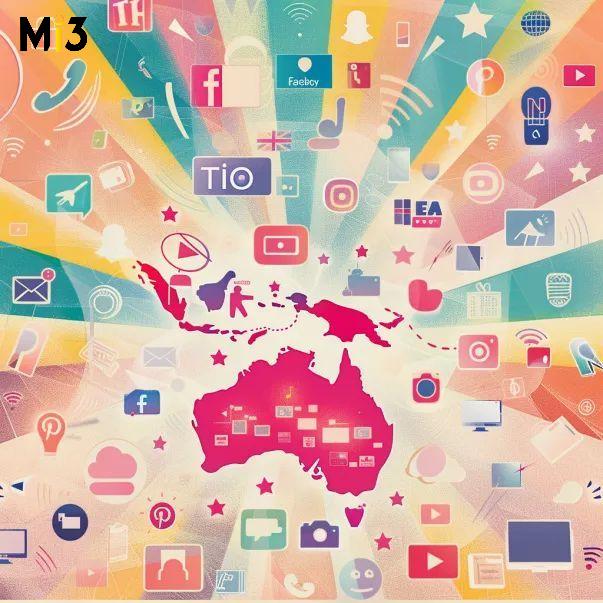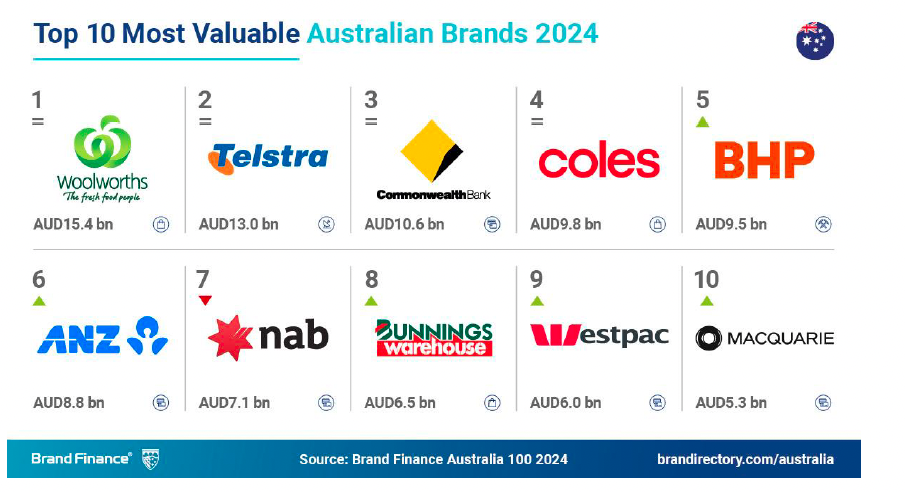Uber’s advertising business surges ahead, hitting US$1 billion run rate milestone

Uber’s advertising business has achieved a significant milestone, surpassing the US$1 billion annual revenue run rate two quarters ahead of schedule.
Speaking as part of a financial results call yesterday, Uber CEO Dara Khosrowshahi revealed the milestone while announcing a 16% revenue increase year-on-year to US$10.7 billion, and income from operations of $796 million, up $470 million year-on-year and $624m quarter-over-quarter.
“Our advertising business performed well in Q2, reaching a revenue run-run rate of over $1 billion,” Khosrowshahi said. “We continued to see strong adoption of Sponsored Listings on Uber Eats, particularly among enterprise advertisers.
“Importantly, our investments in custom measurement, attribution tools, and growing our commercial sales organization have driven many enterprise brands to move from ad hoc campaigns to evergreen spend. As a result, advertiser retention and spend per advertiser are both up among enterprise brands.
The company initially set the goal of cracking $1bn in ad revenue in 2022 and aimed to achieve it by the end of 2024. Australia and New Zealand were among the first markets to launch Uber Advertising outside of the US in 2022. Head of Uber Advertising Australia & New Zealand, Michael Levine, now leads a team of over 30 across the region.
Uber said it has seen strong adoption of Sponsored Listings on Uber Eats, particularly among enterprise advertisers. As a result, both advertiser retention and spend per advertiser have increased among enterprise brands.
A highlight is Uber’s Grocery & Retail ad spend, which has more than tripled on a year-on-year basis, a trend Khosrowshahi found encouraging.
“Obviously that is a very high margin product, and we are continuing to expand our CPG product now into a bunch of new countries. So the momentum there is terrific to see,” he said.
Uber has also reported strong global momentum in Sponsored Items and consumer packaged goods (CPG) display advertising, just 12 months after launch. Mobility advertising growth has remained robust, with advertisers in more markets adopting video Journey Ads. Uber expanded Journey Ads to programmatic buyers, increasing its addressable market.
The CEO also highlighted the company’s focus on quality over quantity in its advertising efforts.
“We are very, very sensitive to the fact that people come to Uber looking for a ride first. And to the extent that we introduce them to some of the premium brands that are advertising with us we want to make sure that experience is an excellent experience for the rider, and also an excellent experience for the advertiser,” he said.
Among local advertising case studies is Coca-Cola (Australia), which partnered with Uber to engage rider and eaters and drive awareness and interaction with consumers during the 2023 FIFA Women’s World Cup in Australia and New Zealand. The campaign included the first Playable Ad on Uber in Australia and New Zealand and aimed to increase engagement with the brand by offering riders and eaters the opportunity to play an interactive game whilst waiting for their food order or on a ride. The campaign targeted audiences traveling to stadium locations, as well as sports enthusiasts and audiences stocking up on groceries.
According to Uber, the campaign performed at or above Uber benchmarks for all engagement metrics. Eaters engaged with the PostCheckout Playable Ad whilst waiting for their food delivery at a high rate of 10.16%, exceeding static Post-Checkout Ad benchmarks, while Game Completion Rates on Post-Checkout exceeded 90% with consistent replays throughout the campaign. There was also an offer, which saw a redemption rate on the Post-Checkout Playable of 27.83%.
Uber said cross both surfaces, the campaign also successfully reached new audiences as 22.56% of all redemptions were from new customers.
Uber reported US$796 million from operations with an adjusted EBITDA of $1.6 billion, up 71% year-on-year. Across the business, Uber reported its sixth consecutive quarter of trip growth above 20%, alongside record profitability.
“The Uber consumer has never been stronger–more people are using the platform, and more frequently, than ever before–while drivers and couriers earned a new all-time high of $17.9 billion over the quarter,” Khosrowshahi said.





